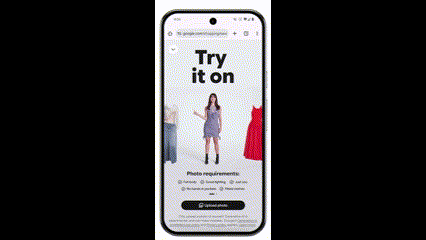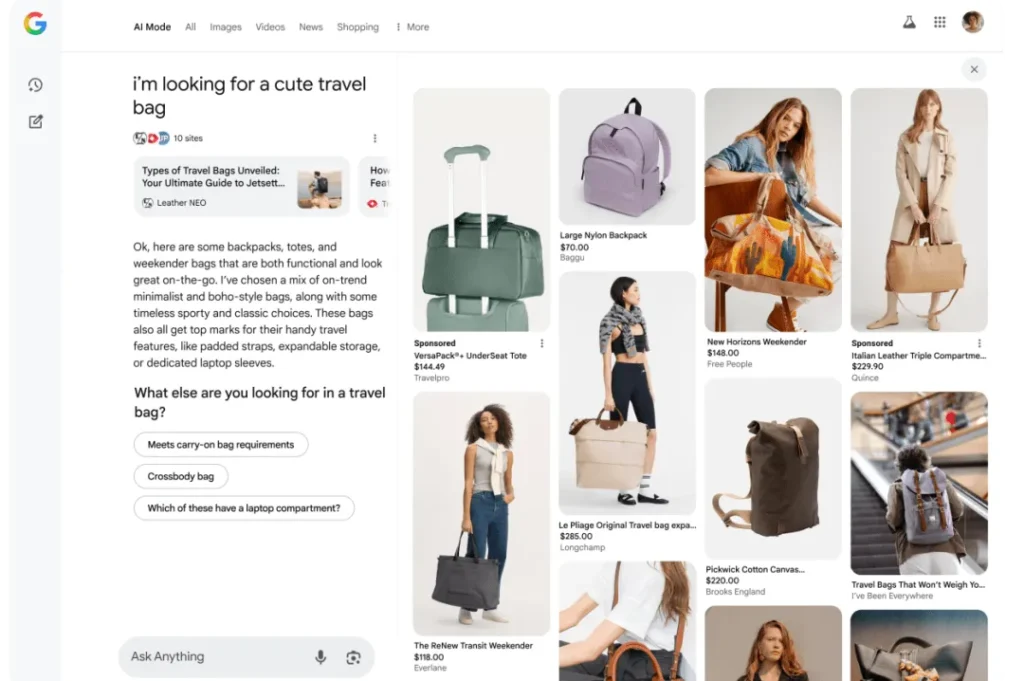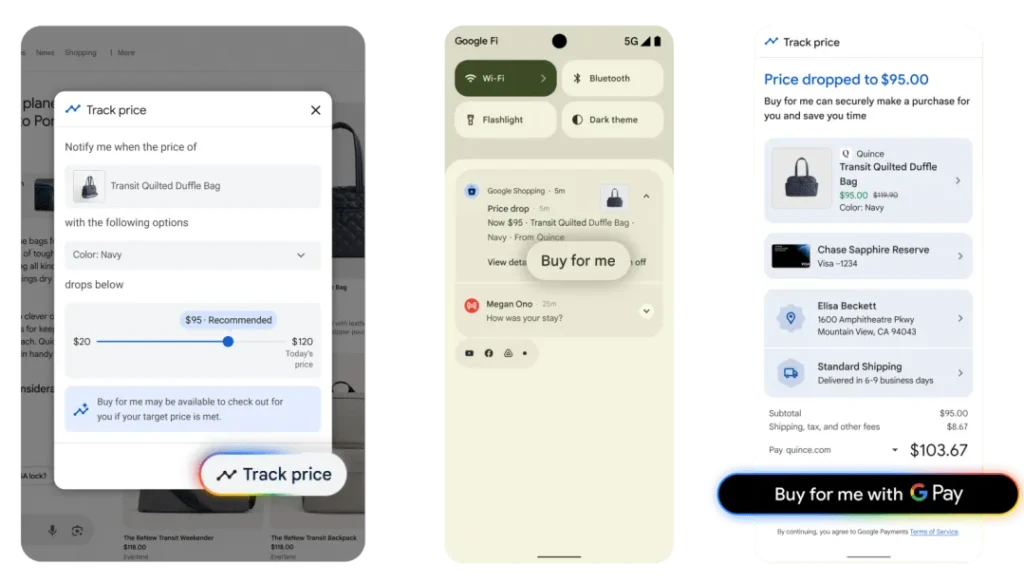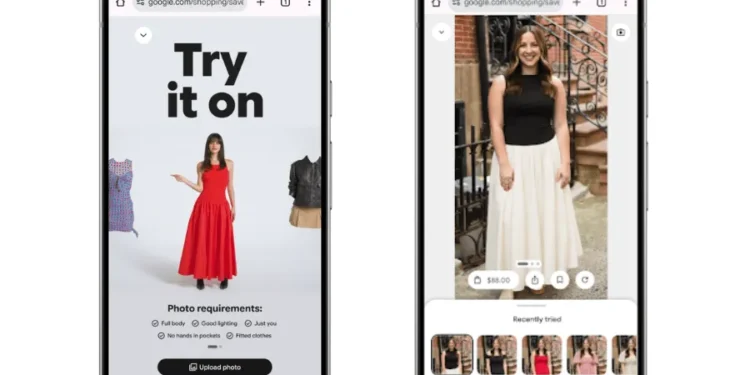Google is transforming the online shopping experience with its groundbreaking virtual try on feature. Moving beyond generic model photos, shoppers can now upload their own images to see exactly how clothing items will look on their unique body type. This AI powered technology aims to solve one of e commerce’s biggest challenges: visualizing fit before purchase.
Ideal Users and Use Cases
This technology is particularly valuable for several key demographics:
- Online fashion shoppers primarily using mobile devices
- Consumers in regions where returns are expensive or logistically difficult, such as parts of the Middle East or Sub-Saharan Africa
- Individuals who feel self-conscious about traditional fitting room experiences
- For Influencers & Affiliate Marketers: Content With Embedded Commerce Creators can now turn styling videos, GRWMs (Get Ready With Me), and lookbooks into actionable commerce using this tech
- For Developers & eCommerce Platforms: API Access for Personalisation These AI features aren’t locked inside Google’s walled garden. Google is offering API integrations for third-party platforms to embed agentic logic and visual try-on into their own storefronts.
Virtual Try On: See Clothes On Your Own Photo
The new virtual try-on feature is rolling out in Search Labs across the US today. Users who opt into the experiment can simply select the “try it on” button next to pants, shirts, dresses, and skirts that appear in Google’s search results. After uploading a full-length photo, Google’s AI generates a realistic image of the user wearing the selected clothing item. These personalized images can be saved and shared, creating an interactive shopping experience that bridges the gap between digital browsing and in-store fitting rooms.

How the Technology Works
Behind Google’s virtual try-on feature is sophisticated AI that goes beyond simple image overlay. The technology analyzes fabric properties to realistically render how materials drape, stretch, and fold across different body shapes. This deep learning model incorporates physics-based clothing simulation with computer vision to create photorealistic previews that account for lighting, texture, and material behavior.
“Our AI model understands the human body and nuances of clothing,” Google explains, highlighting how the system can differentiate between how silk flows versus how denim holds structure on various body types.
AI Mode: Personalized Shopping Recommendations

Google will soon expand its shopping innovations by integrating AI Mode the Gemini-powered search experience into the shopping journey. This feature delivers highly contextualized shopping recommendations based on complex queries and needs.
Contextual Understanding of Shopping Needs
When shoppers tell AI Mode they’re looking for something specific, like a travel bag, the system automatically generates a personalized panel displaying relevant images and product listings. The real power becomes evident when users provide additional context, such as mentioning an upcoming May trip to Portland, Oregon.
Multi-search Capabilities for Weather Appropriate Items
What sets AI Mode apart is its ability to conduct multiple searches simultaneously. In the Portland travel bag example, the system automatically determines what features would be suitable for the rainy Pacific Northwest climate and surfaces results that include waterproof fabric and additional pocket storage all without requiring multiple manual searches.
“Buy for Me”: Agentic Checkout Changes Online Shopping

Perhaps the most revolutionary feature in Google’s new shopping suite is the “agentic” checkout functionality rolling out to US users in the coming months. This feature builds upon Google’s existing price tracking capability but takes automation to a new level.
Price Tracking Integration
Currently, users can tap “track price” on a product listing, select specifics like size and color, and set a desired price point. Google then sends notifications when the item drops to that price. The new feature goes further by allowing users to complete the entire transaction through Google.
Security and Payment Process
After confirming purchase details, shoppers can select the new “buy for me” button, and Google will automatically complete the checkout process on the merchant’s website using Google Pay credentials. This secure, automated checkout eliminates friction in the purchasing process while maintaining the security of sensitive payment information.
The Future of AI-Powered Shopping
These new features represent a significant shift in how consumers interact with e-commerce platforms. By implementing AI at every stage of the shopping journey from discovery to visualization to purchase Google is creating an integrated ecosystem that learns from user preferences while removing traditional pain points.
While the technology offers unprecedented convenience, it also raises important considerations about image data usage and privacy. Google indicates that uploaded photos for virtual try-on are processed temporarily for rendering purposes, but as personal data becomes increasingly central to shopping experiences, the balance between personalization and privacy continues to evolve.
Revolutionizing Retail Through AI
Google’s trio of AI shopping features virtual try-on, AI Mode, and agentic checkout represents a significant leap toward truly personalized digital shopping experiences. As these features roll out across the US, they demonstrate how artificial intelligence continues to reshape consumer expectations and retailer capabilities.
For online retailers, these innovations signal a new competitive landscape where immersive, personalized shopping experiences become the standard rather than the exception. For consumers, they promise to make online clothing purchases less of a gamble and more of a confident decision.











